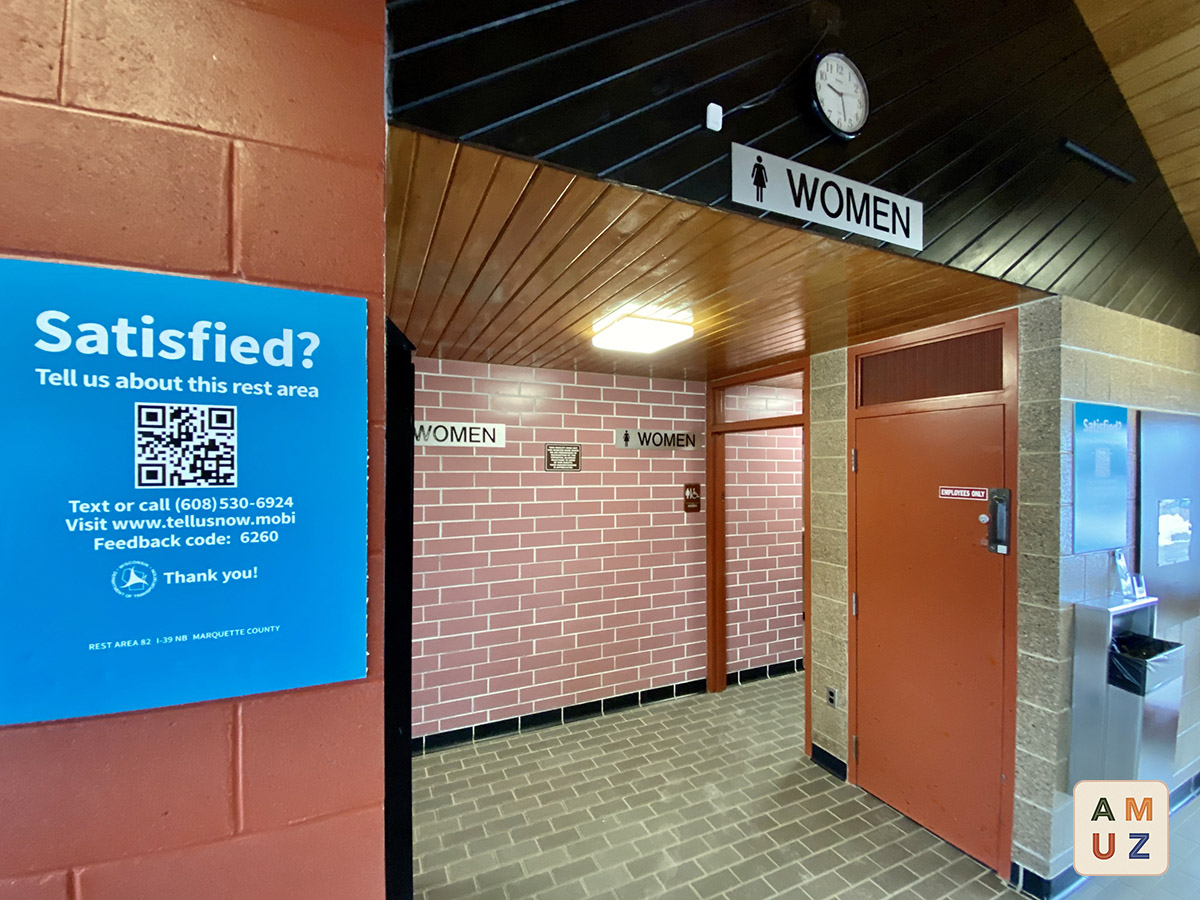Hideyoshi Kume:
This kind of electronic platform, with a powerful computer at its core, holds the key to handling heavy data loads in tomorrow’s smarter, more autonomous cars. Industry insiders expect such technology to take hold around 2025 at the earliest.
That means Tesla beat its rivals by six years.
The implications for the broader auto industry are huge and — for some — frightening.
Tesla built this digital nerve center through a series of upgrades to the original Autopilot system it introduced in 2014. What was also called Hardware 1 was a driver-assistance system that allowed the car to follow others, mostly on highways, and automatically steer in a lane. Every two or three years, the company pushed the envelope further, culminating in the full self-driving computer.
There should be nothing stopping Toyota or VW from doing the same much earlier than 2025, considering their immense financial resources and vast talent pools. But technological hurdles are not the reason for the delay, according to the Japanese engineer who said “we cannot do it.”





